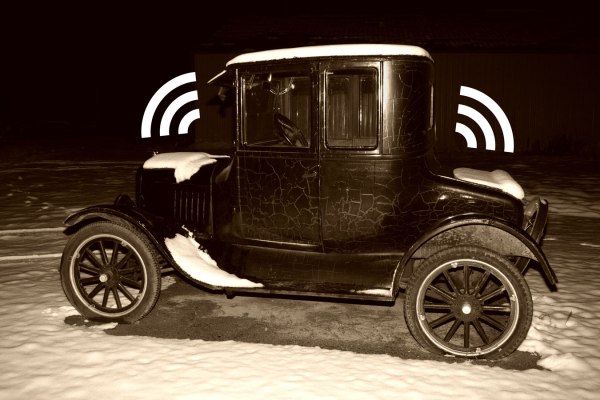Editor’s note: Pavan Mathew is the Global Head of Connected Car at Telefónica.
The car industry is on the verge of its biggest transformation in over a century. Connected cars are set to revolutionise the car as we know it, with the overall number of vehicles with built-in connectivity expected to make up 90 per cent of the total market by 2020. Not since the Model T Ford became the first mass-produced car in 1908 has the automotive industry been faced with such a seismic shift in the way cars are manufactured, sold, and consumed.
Until now, the term ‘connected car’ has largely been an industry buzzword, but it looks as though we’re finally at a point of inflection. Recent research suggests consumers are more than ready to embrace the connected car revolution too, with 80 per cent of consumers believing in-car connectivity will provide the same kind of connected experience they are currently used to at home or on their smartphone.
So if consumers are open to the possibility of a connected car experience, what features can drivers realistically expect to see in the next couple of years, and what possibilities do technological advances offer further into the future?
Safety and diagnostics
Although it may not strike you as the most exciting feature connected technology could deliver, research has shown that increasing safety is a paramount concern for drivers, with 73 per cent citing it as the most important feature they’d look for in a connected car. It is also something car manufacturers are likely to focus on in the immediate future.
In the European Union the eCall mandate, requiring all new vehicles to have pre-installed devices that will automatically dial emergency services in the event of an accident, will come into effect in 2015. The device will send vital data such as the time and location of an incident to the rescue services, meaning drivers will be closer to help, no matter where they are in the EU. It’s expected to improve emergency response times by up to 50 per cent.
Diagnostic features are also likely to have a major role to play in the connected car revolution, and will help to improve safety. Imagine an app that allows you to check the condition of your car from your smartphone or tablet, before you’ve even stepped into your car. Rather than discovering you’ve got a problem mid-journey, you can take your car to a mechanic to get it fixed before it becomes an issue. It’s a great example of how connectivity can empower people, and something car manufacturers such as Jaguar Land Rover are already working on.
Opportunities from data
A significant by-product of the connected car is the large amount of data generated – a single vehicle can produce terabytes worth of rich data. iGR predicts the annual mobile data usage generated by connected cars is expected to grow almost 188 per cent in the next five years. Car companies will be able to use the data to make incremental improvements to services.
Dealer networks, for example, generate most of their profits from servicing rather than sales but once a vehicle is out of warranty, customers tend to go elsewhere. Car manufacturers can change this mindset by using data generated by connected diagnostic services in the car to allow dealerships to contact drivers proactively and flag issues with the vehicle.
The road ahead: the self-learning car?
Looking further into the future, the possibilities opened up as wireless and vehicle technologies converge are almost limitless.
In-vehicle connectivity could have a dramatic effect on the way emergency services operate, for example. In a wirelessly enabled ambulance, paramedics could use video calling to digitally share images of the vehicle incident with a consultant back at the hospital and receive guidance. This has the potential to extend the ‘golden hour’ – the period of time where medical treatment will most likely prevent severe or fatal result – to a ‘golden hour-and-a-half’, which would unquestionably save many lives.
Meanwhile, when autonomous cars finally become a reality there will be an opportunity to use in-car connectivity in entirely different ways. The car will become an extension of the office or the living room. People will be able to stream movies or video conference with friends or colleagues, while their car takes them to their destination.
The culmination of these technologies could manifest itself in the ‘self-learning car’ – a vehicle that combines real-time updates, personal information and contextual data to create a highly personalised driving experience. This car would host an artificial intelligence system on board that will constantly learn from the user’s daily behaviour, and is able to adapt the ‘experience’ accordingly. No longer would you need to program the navigation system to guide you to your favourite restaurant – it already knows you’re likely to go there and proactively suggests it.
Admittedly all of this may be some time away, but it gives you a sense of how the car could feasibly become a ‘user’ focused experience like never before, bringing the new age opportunities of connectivity to the proud tradition of the car.
